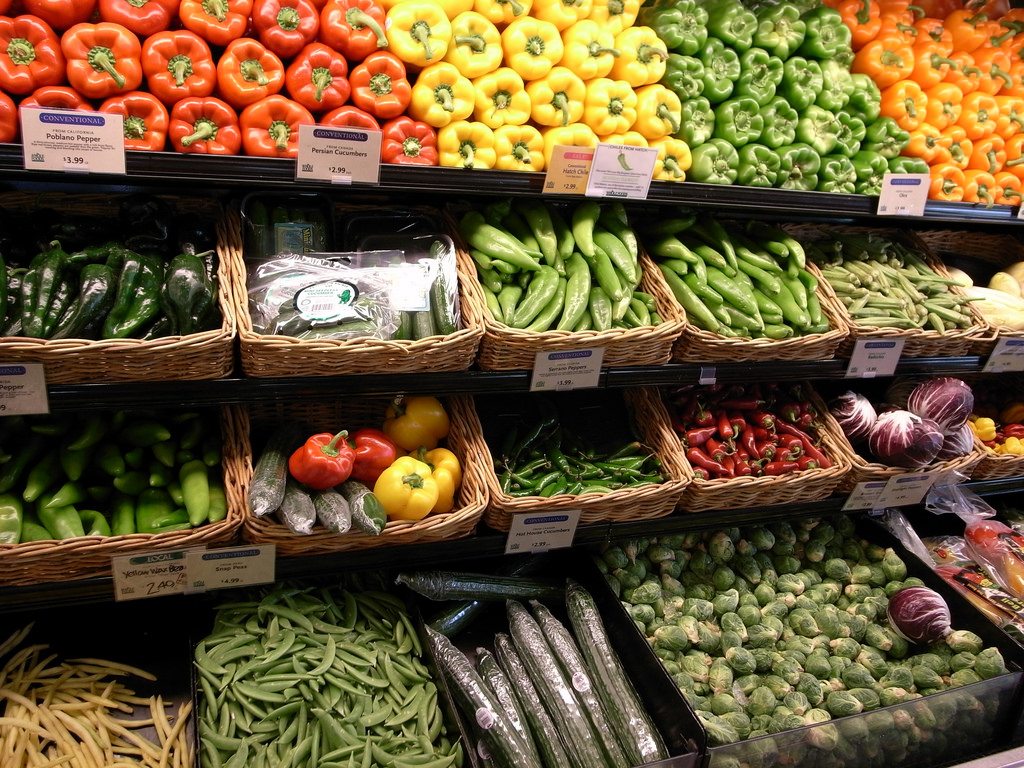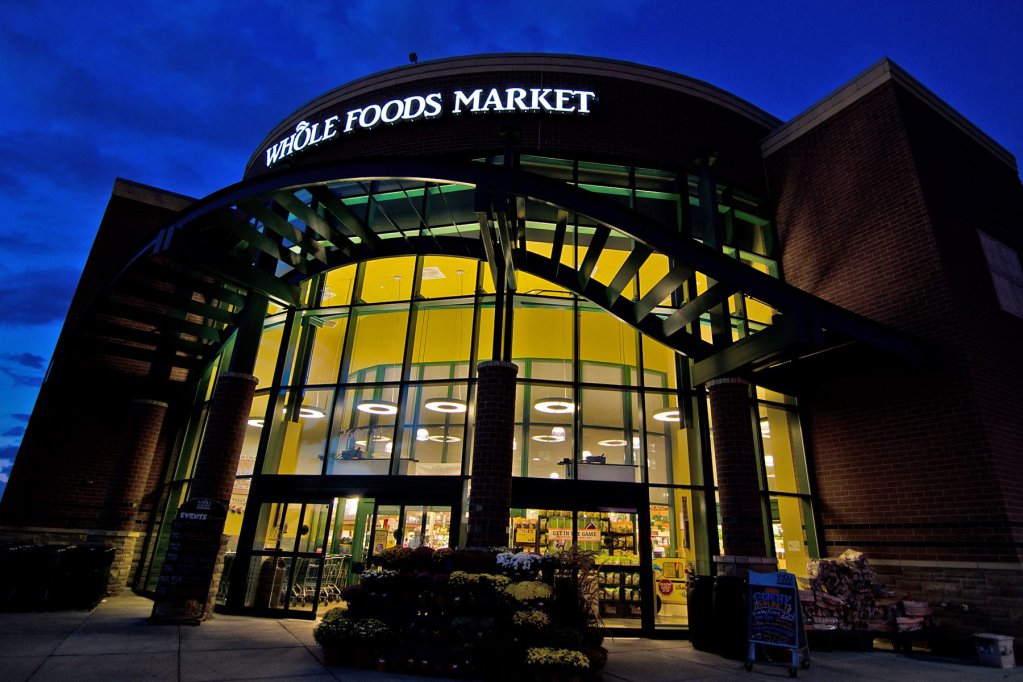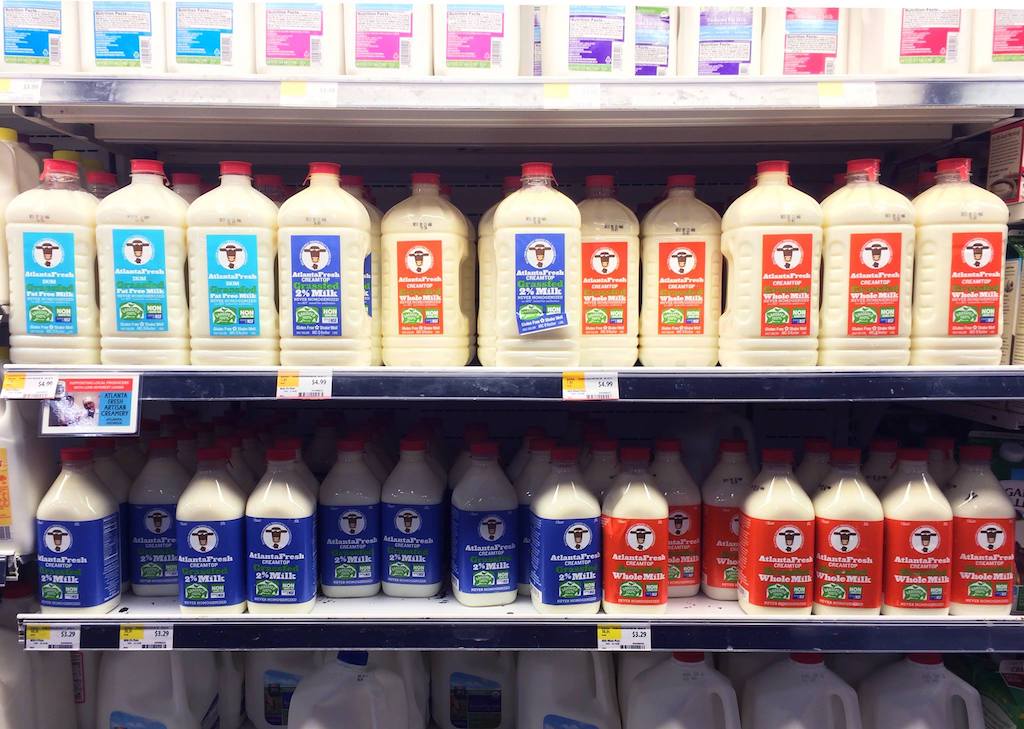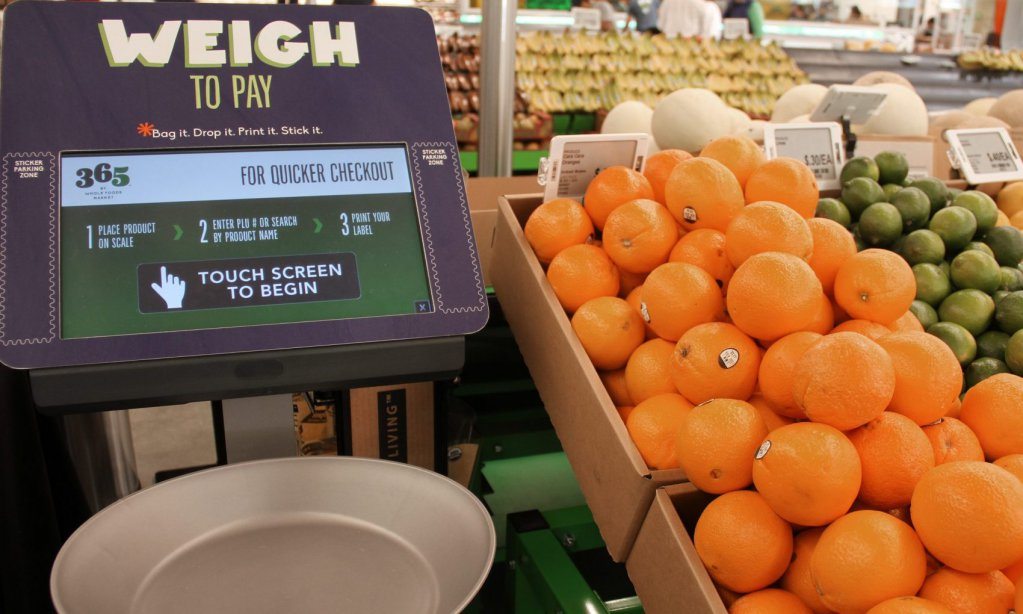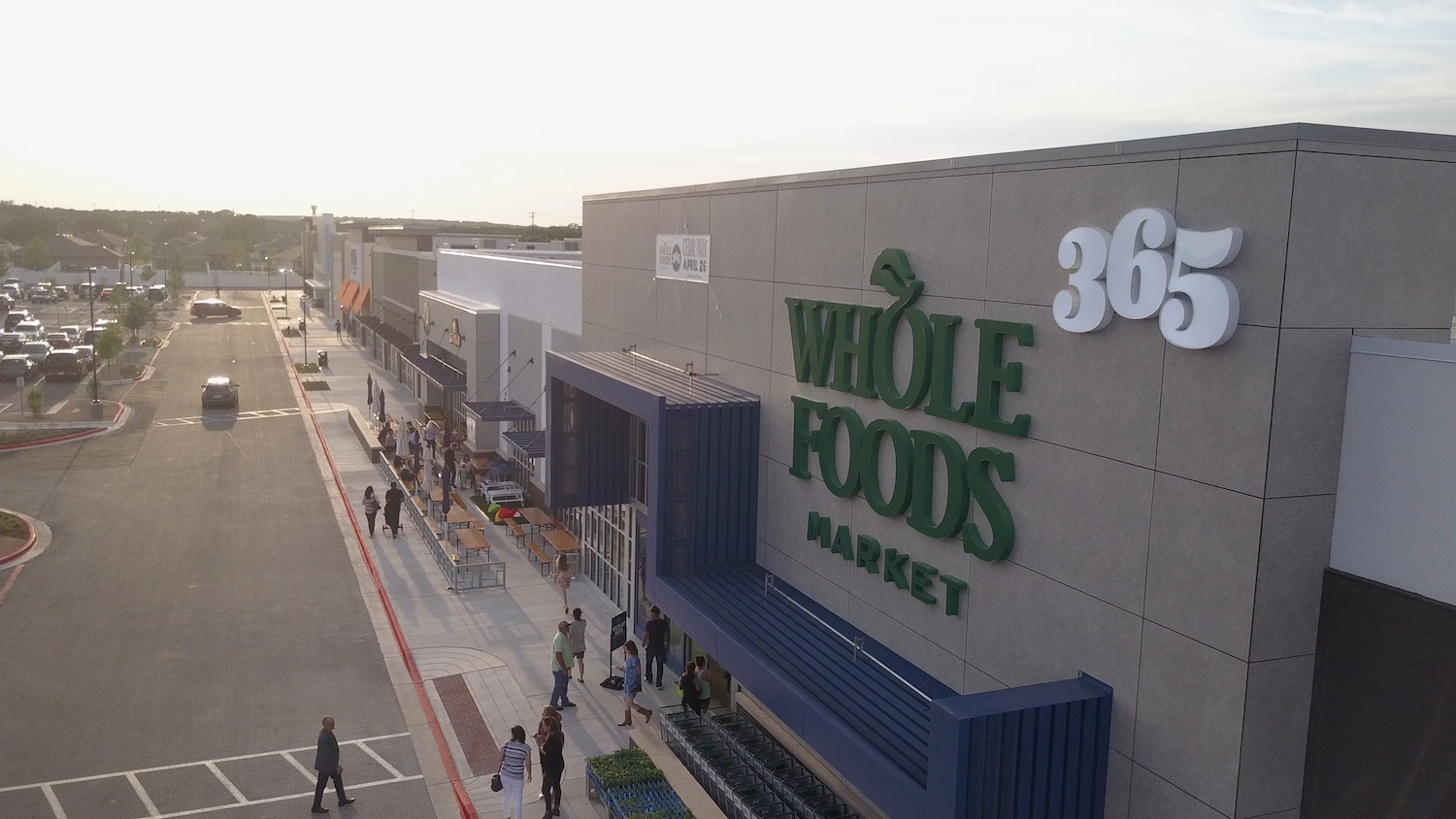Late last week, Whole Foods Markets filed its quarterly SEC report. The news wasn’t great. Revenue for the 16 weeks ending January 16 was a record $4.9 billion, up 1.8 percent from the same period a year ago. But net income—profit—was down almost 40 percent. The real killer was a metric called “comparable store sales.” (Companies like Whole Foods grow both by opening new stores and by increasing sales at existing stores. Comparable store numbers let you focus on the second of those factors. WFM racked up its sixth consecutive quarter of decline in comparable store sales, with a loss of 2.4 percent (which in the grocery business is fairly huge). The chain is abandoning its ambitious plan of growing to 1,200 stores. Instead, it is closing nine this quarter (also a record) and opening just six.
What’s going on with the store you love to hate? Over the past few days, the pundits have been weighing in. Here’s what we gleaned:
First, the growing popularity of organic isn’t necessarily good for the organic pioneer. Most of the growth in organics is going to traditional stores, especially Costco, thought to be the world’s largest seller of organic food. “The products offered by these other retailers may not match Whole Foods’ quality, but they definitely beat it on price,” argues author and consultant Bryce Hoffman in Forbes. “And therein lies the rub: Whole Foods may have created a new market segment, but once it did, the immutable laws of the marketplace took over.”
The U.S. market is saturated with food stores, and competition is cutting into the margins of even big operations like Kroger. (Here’s what the Motley Fool has to say about it.) Whole Foods is the definitive high-end store for a certain kind of consumer. But there’s reason to fear that the company can’t gain many more of these customers by opening more outlets. As the website Seeking Alpha points out, loyal customers were accustomed to traveling a larger-than-average distance to Whole Foods to stock up. To the extent that generalization is true, every new store will cannibalize existing ones. And that points to same-store growth as the key.
CEO Joh Mackey seems to think so. “We know that our core customers represent our largest customer segment and account for a majority of our sales,” he told the crowd at WFM’s annual meeting. “If these customers add just one more item per trip, the sales potential is significantly greater than with any other segment. Going forward, Whole Foods Market will focus on serving this growing niche of customers better than ever before.”
In the short run, look for WFM to start doing targeted promotions, tighten up its category management, and spend a lot of time thinking about its affordable 360 stores. Is there actually a sweet spot between “whole paycheck” and a race to the bottom? Stay tuned.
